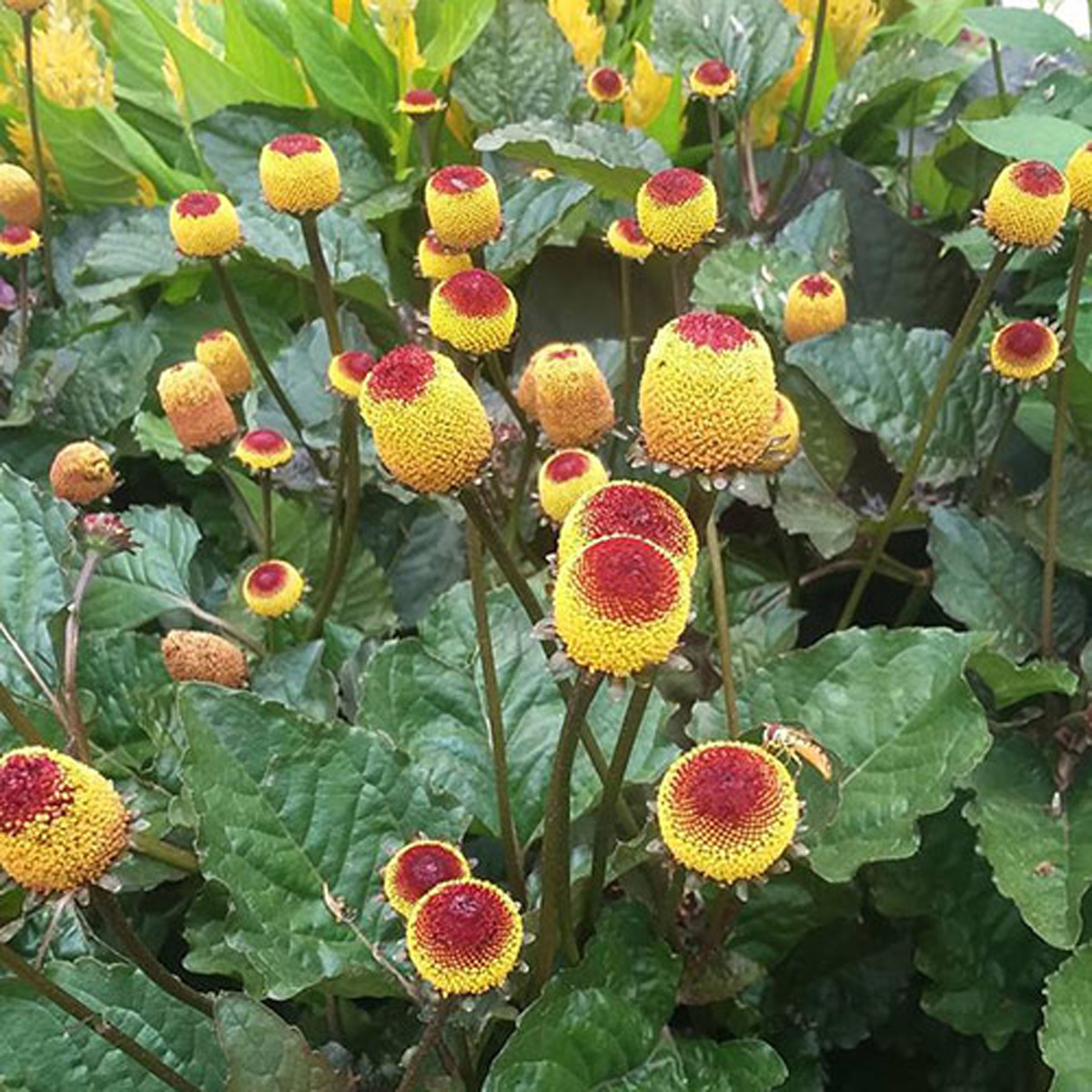
As the garden season wraps up and kids are selecting their Halloween costumes with visions of tricks and treats, there are some neat, spooky plants that can be enjoyed in tandem with this popular holiday. Do keep in mind that some of these selections are frost sensitive and might need additional nurturing and consideration to placement for best use as well as maximum interest and impact. Here are 10 spooky, creepy, and generally out-of-this-world plants to consider for the Halloween season.
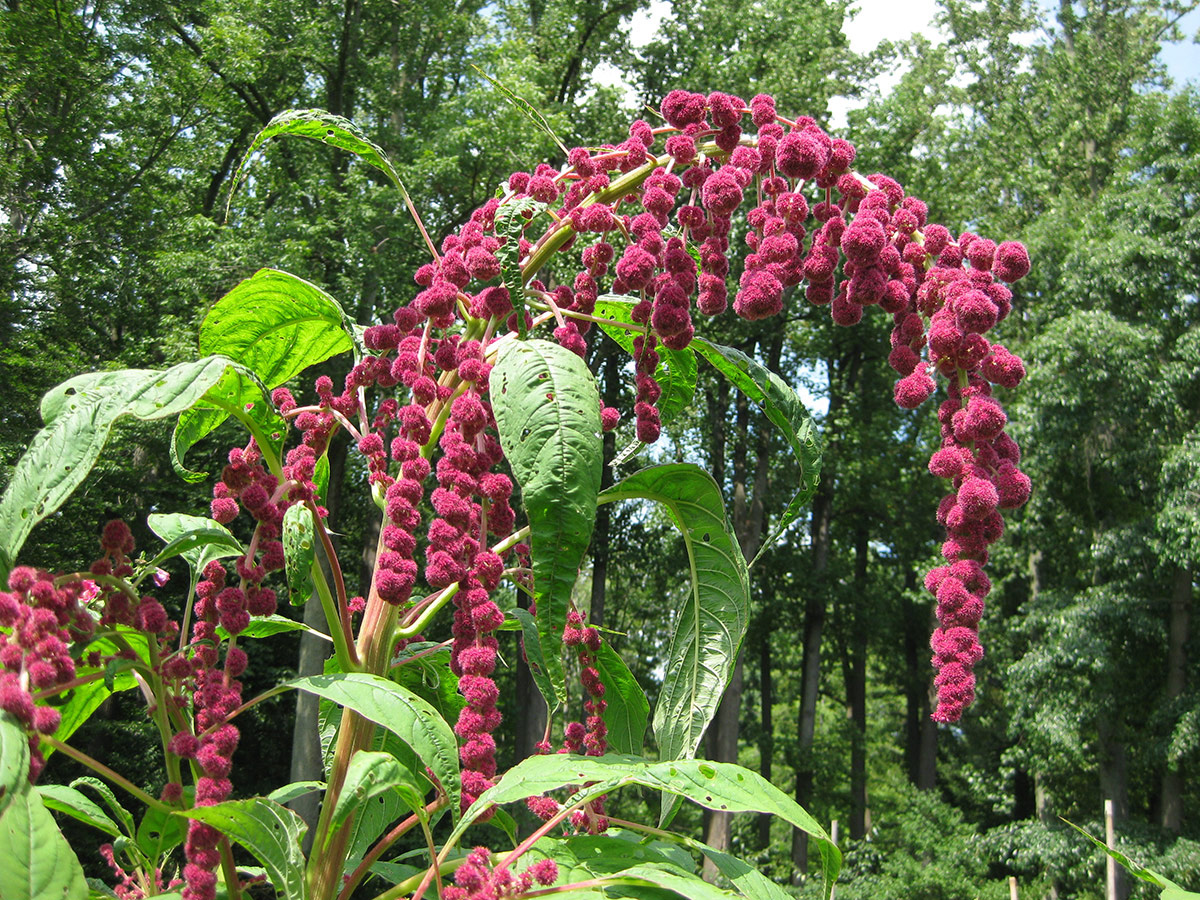
‘Dreadlocks’ love-lies-bleeding
Amaranthus caudatus, annual
The long, bright magenta flower tassels of this annual (3 to 5 feet tall) feature notable knotted clusters. The woolly texture of these exotic flowers invites tactile engagement, and the entire plant (popular since 1881!) is a noticeable, architectural marvel.
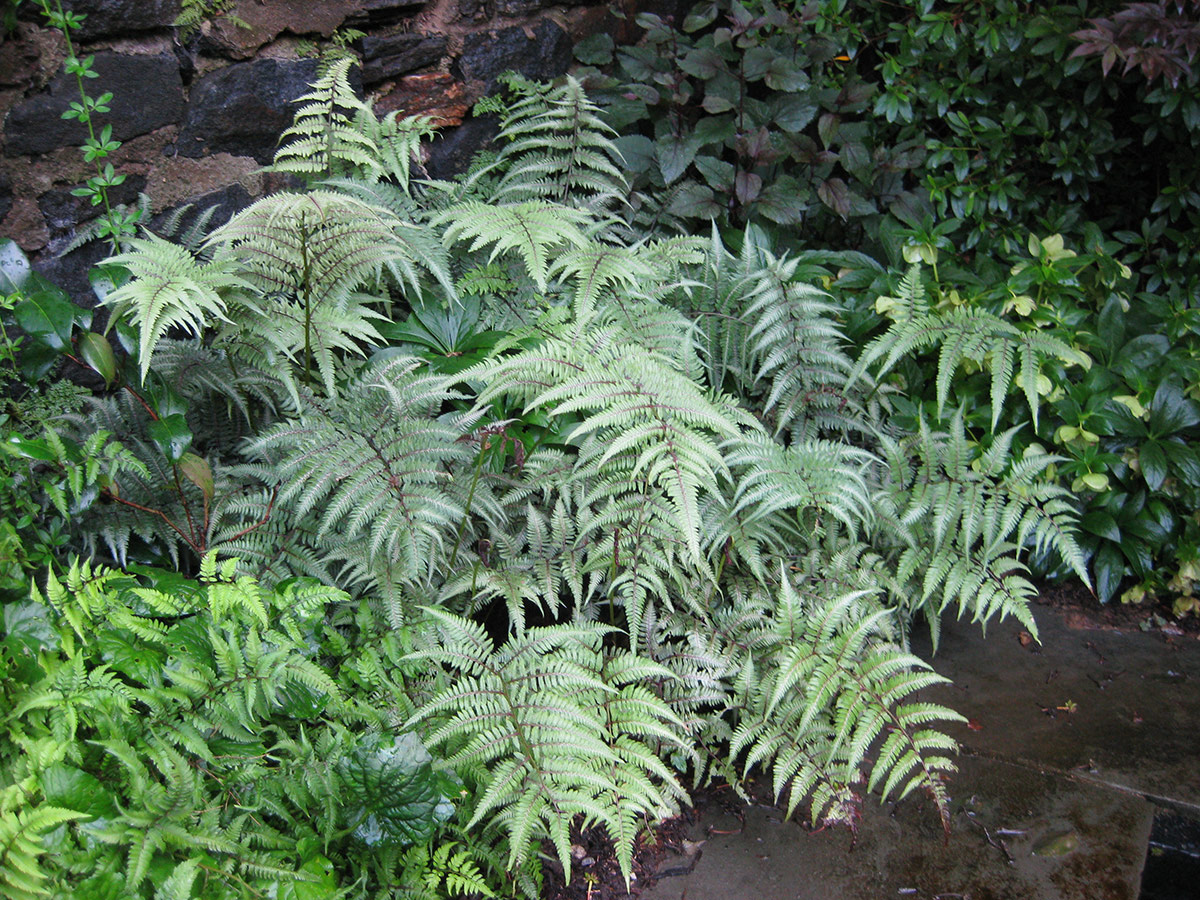
‘Ghost’ hybrid painted fern
Athyrium hybrida, Zones 4–8
Reaching 24 to 30 inches in height over time, this hybrid perennial fern has amazing silvery foliage that glows in the evening garden with some moonlight. Perfect in shade or partial shade, the ‘Ghost’ fern is a hybrid between lady fern and Japanese painted fern. It has an upright form and attracts attention with flashy, ghostly silver as solitary specimens or in groupings.
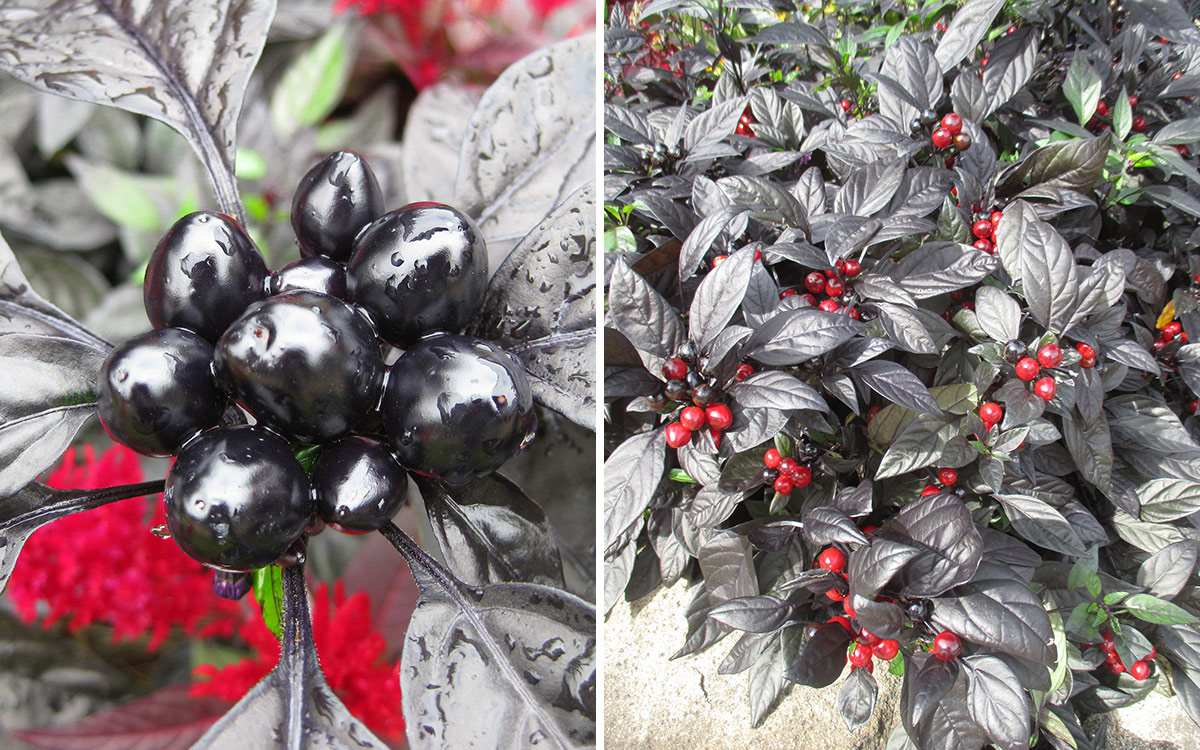
‘Black Pearl’ ornamental hot pepper
Capsicum annuum, annual
The dark black foliage of this pepper is an amazingly rich backdrop for glossy black fruits that mature to cherry red later in the season. The fruits are extremely hot and not recommended for consumption. Great in garden beds or containers, this heat- and drought-tolerant pepper reaches 18 inches in height and is impactful in the Gothic garden or as a bold accent in combinations.
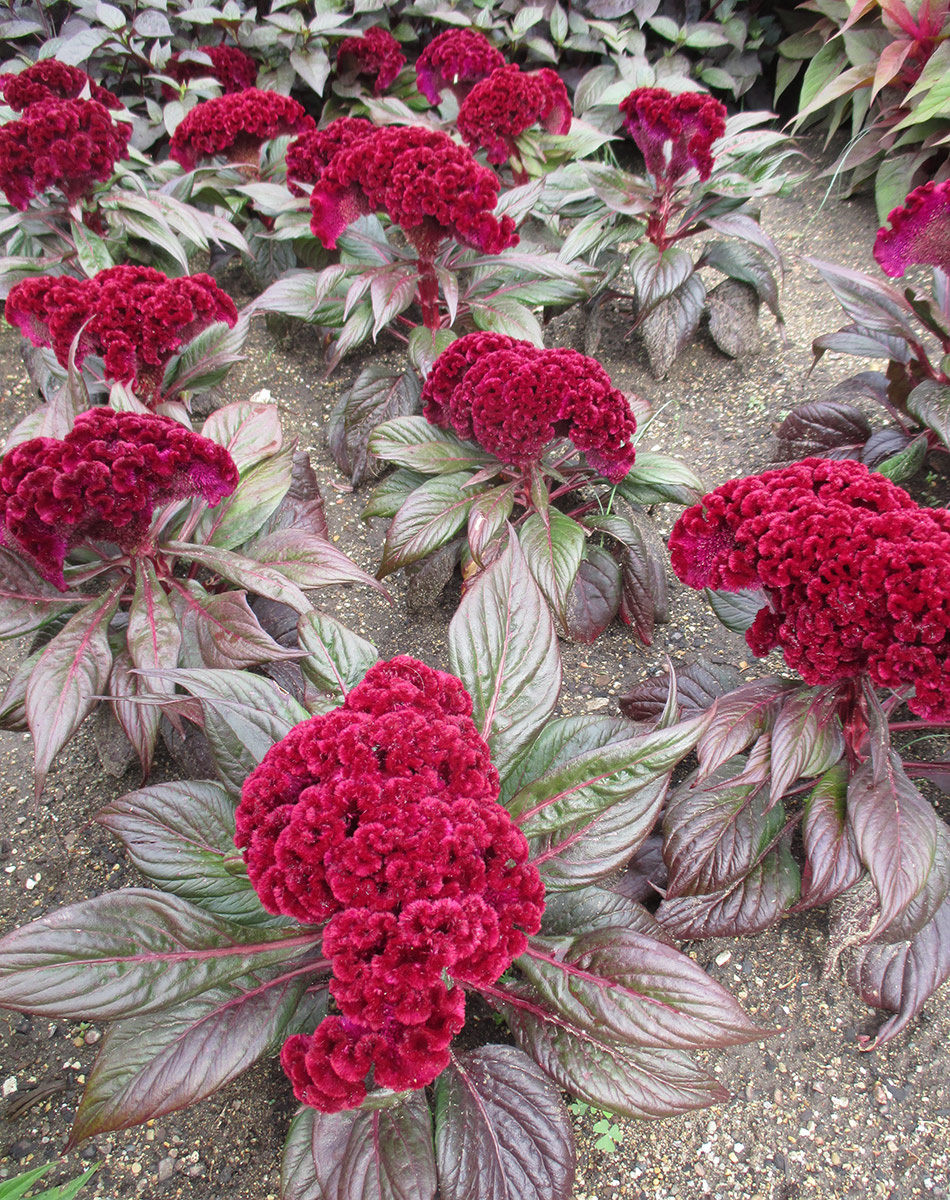
‘Dracula’ cockscomb celosia
Celosia cristata, annual
This well-named annual plant features huge, crested, cockscomb flowers in red and purple-red tones. These dramatic, long-lasting, velvety flowers are amazingly textural for viewing and touch. Reaching 16 inches tall, the best red flower color appears in full sun.
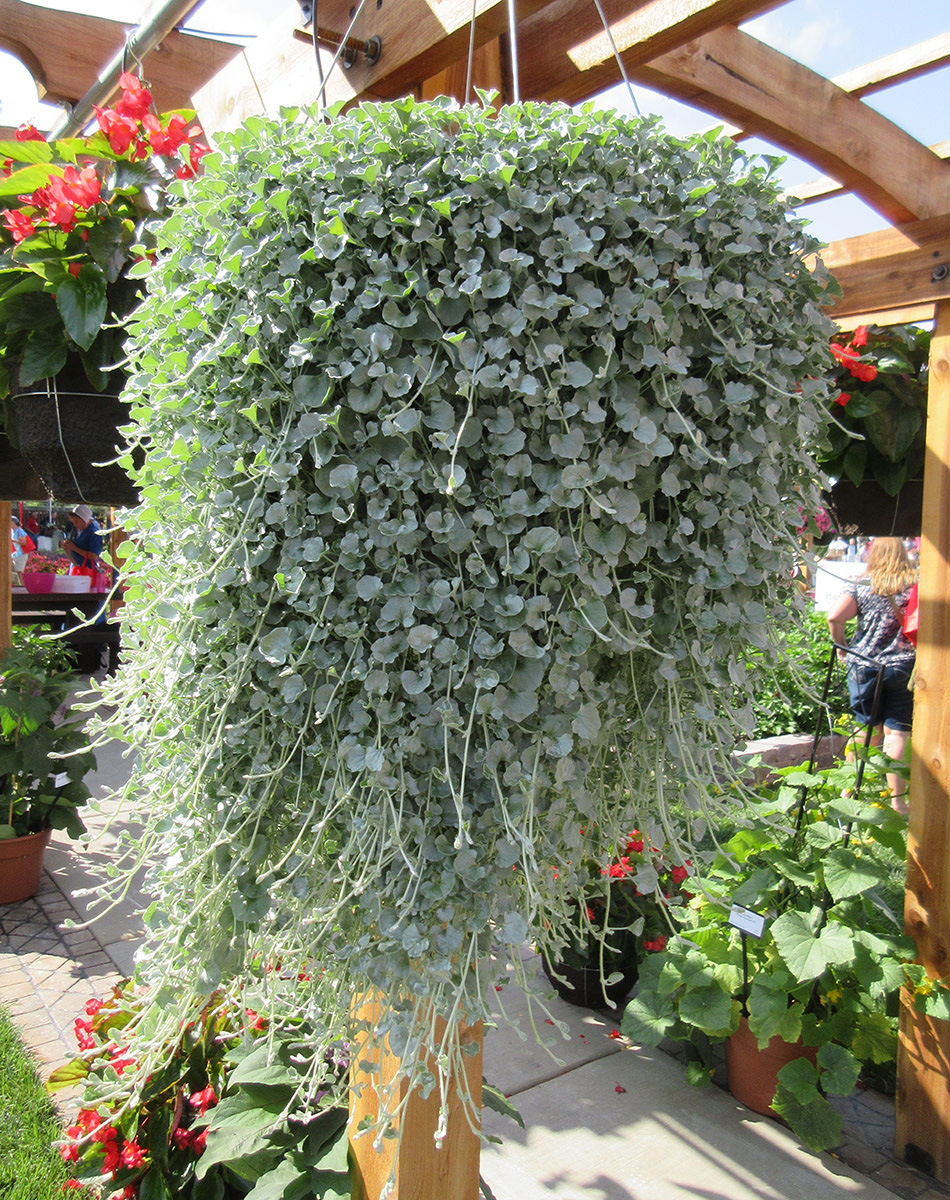
‘Silver Falls’ silver nickel vine
Dichondra argentea, Zones 10–12 or as an annual
A vigorous trailing plant, ‘Silver Falls’ silver nickel vine excels as a ground cover or really shines in a full-sun container or basket where it can be allowed to trail and wave in the breeze. The small, fan-shaped foliage is a nice color and fills out to present a “silver waterfall” when it can properly cascade. Heat and drought tolerance are added bonuses for this tender plant.
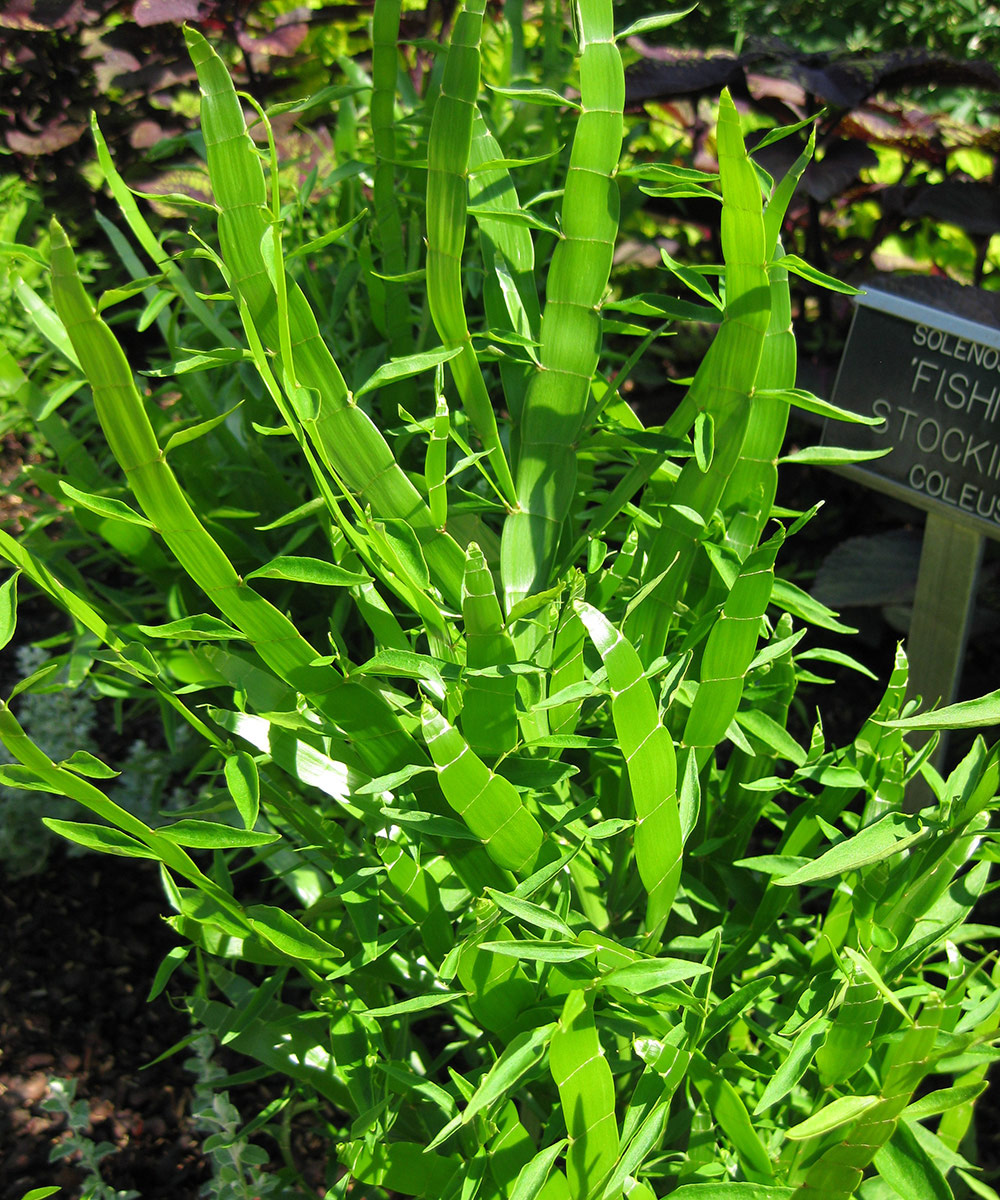
Ribbon bush
Homalocladium platycladum, Zones 9–12 or as an annual
Normally a shrub in tropical regions, this plant features flat, glossy green stem segments that are jointed at the nodes. Predominantly leafless, the stems perform photosynthesis. This tender novelty plant is a conversation piece, and its appearance encourages rapt inspection. Also called “tapeworm plant,” it’s important to note its mild toxicity for both humans and pets.
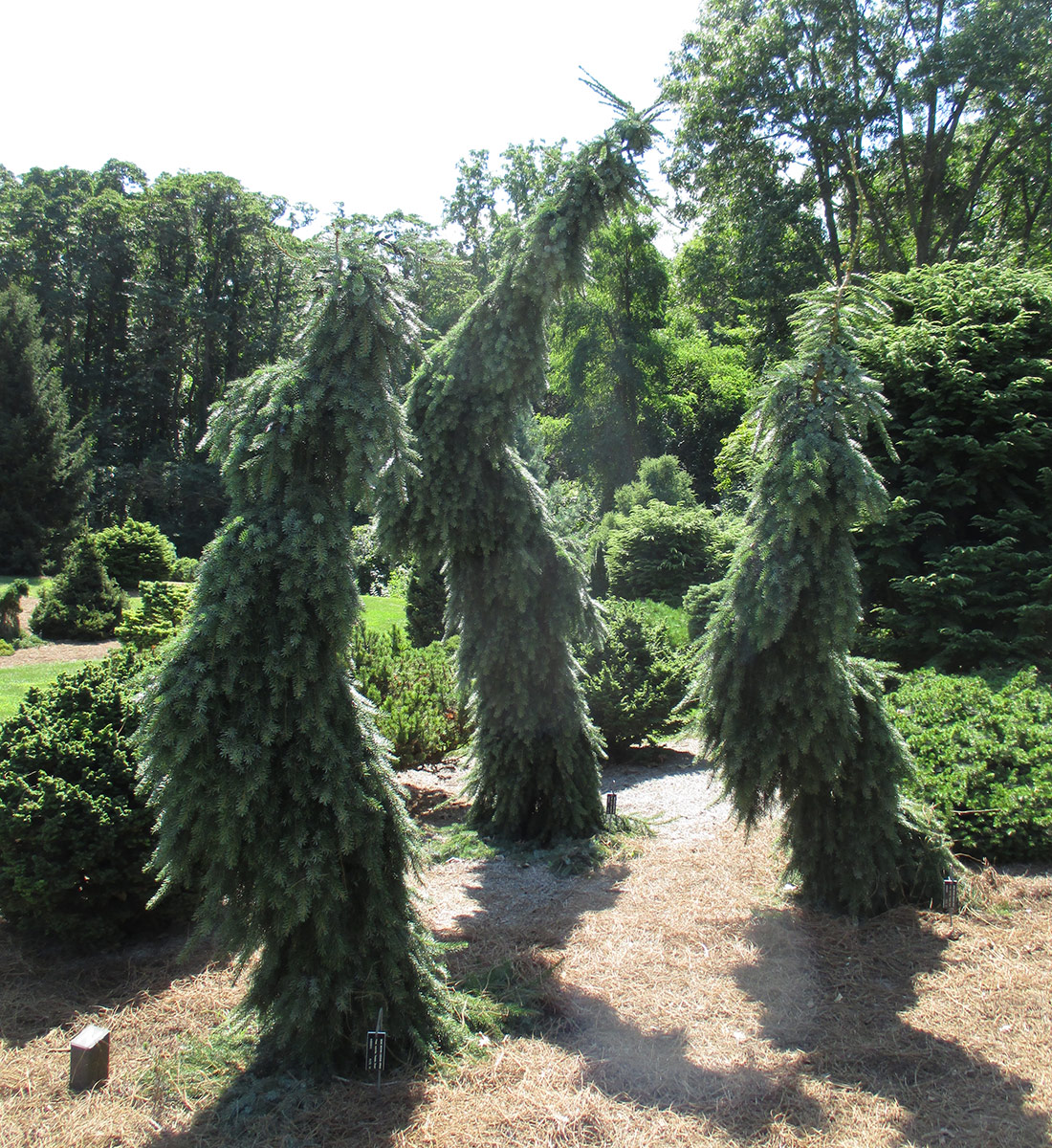
‘Pendula Bruns’ weeping Serbian spruce
Picea omorika, Zones 4–8
This conifer is a long-term investment in space and time but is distinctly impactful, with pendulous branches arranged around a strong central leader. No two specimens are identical. In the landscape, they take on personality and character as either solitary components or in groupings where their graceful habit can be enjoyed every day of the year. Over time, this plant averages a height of 15 feet and width of 3 feet.
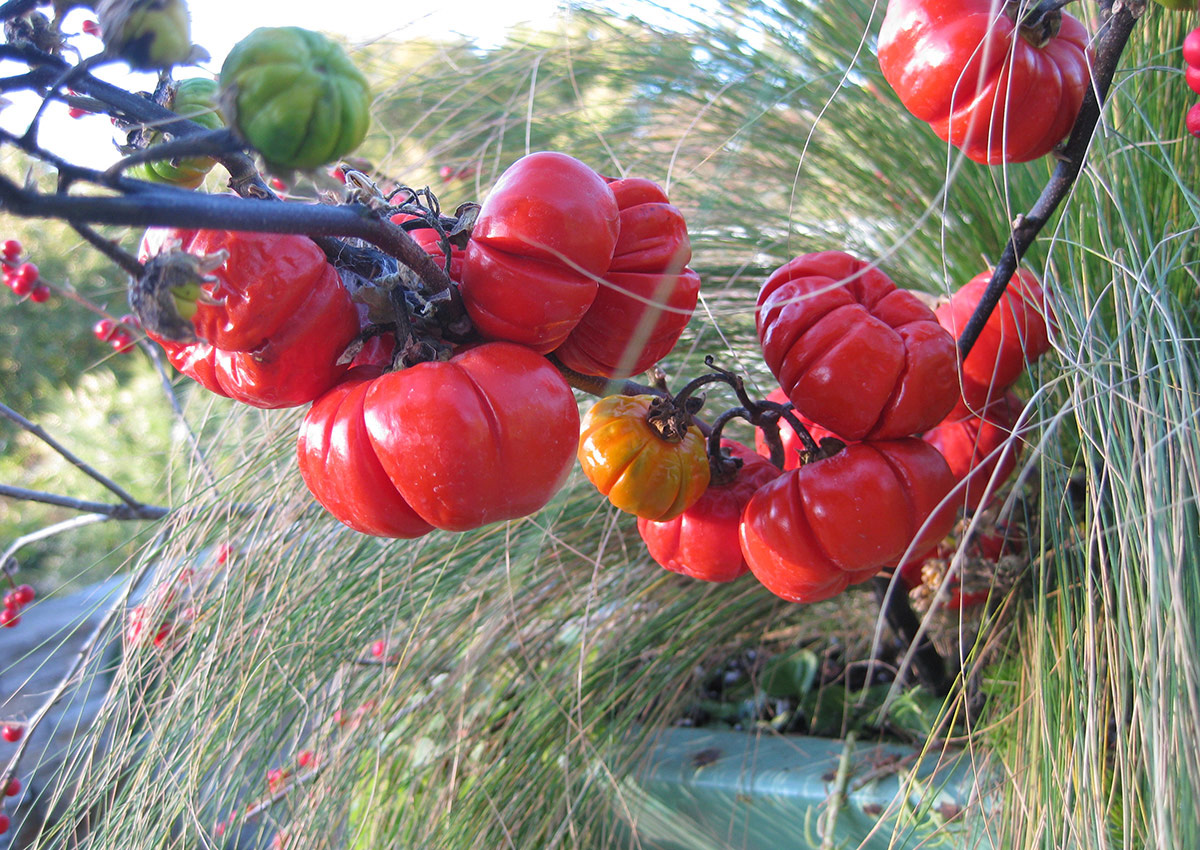
Pumpkin-on-a-stick
Solanum integrifolium, Zones 9–11 or as an annual
Technically a type of eggplant (and edible!), this species forms multiple, pumpkin-shaped fruits that ultimately age from green to a brilliant orange red as the temperature gets cooler. Entire stems with fruits connected can be used as showy fall decorations and as striking accents in autumn arrangements or containers.
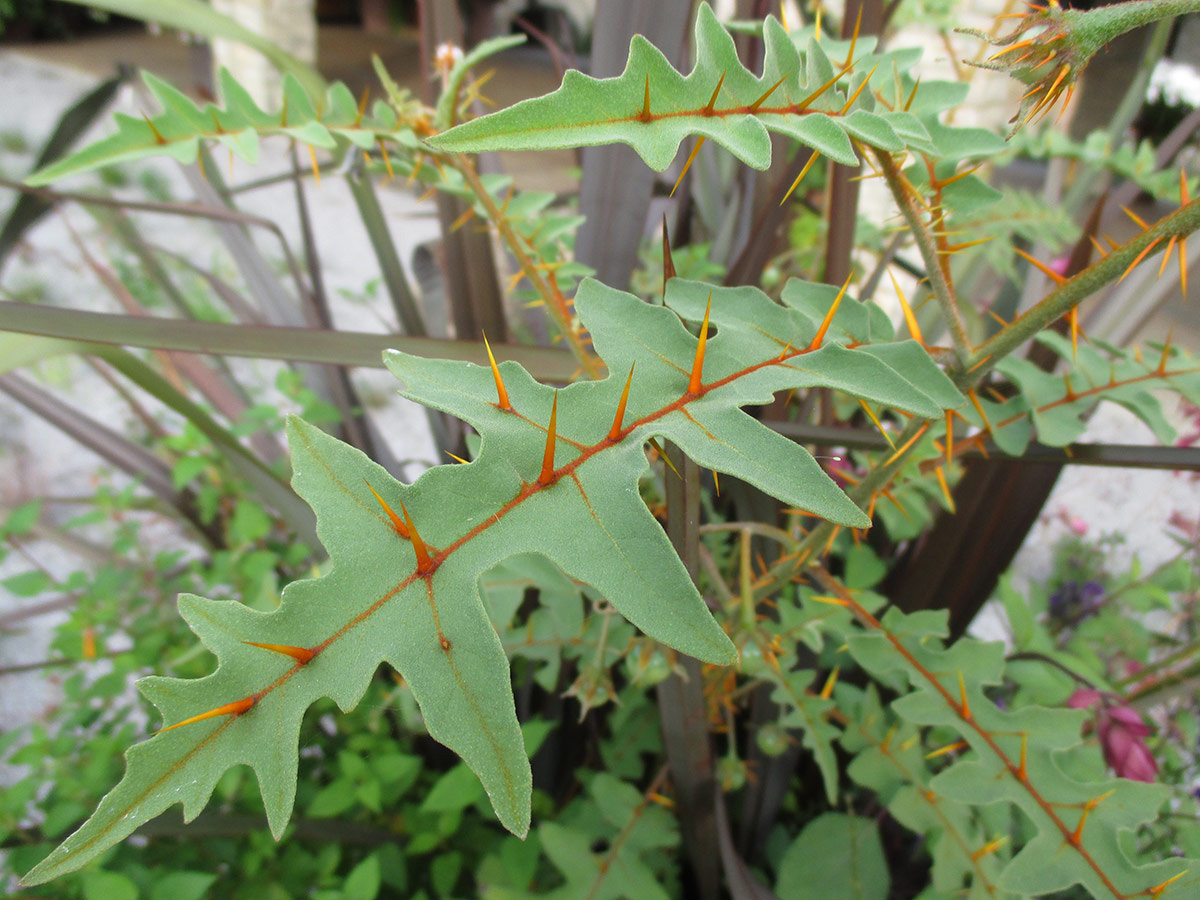
Porcupine tomato
Solanum pyracanthum, Zones 9–11 or as an annual
Be warned that bandages might be needed if you get too close to this plant! Native to Madagascar and called “Devil’s thorn,” the bluish-green, lobed leaves of this statuesque plant (24 to 36 inches tall) have fiendish, orange, upright thorns on the stems, leaf midribs, and veins. The rich purple flowers are nice, but don’t eat the marble-sized fruits that form later, as they are poisonous.
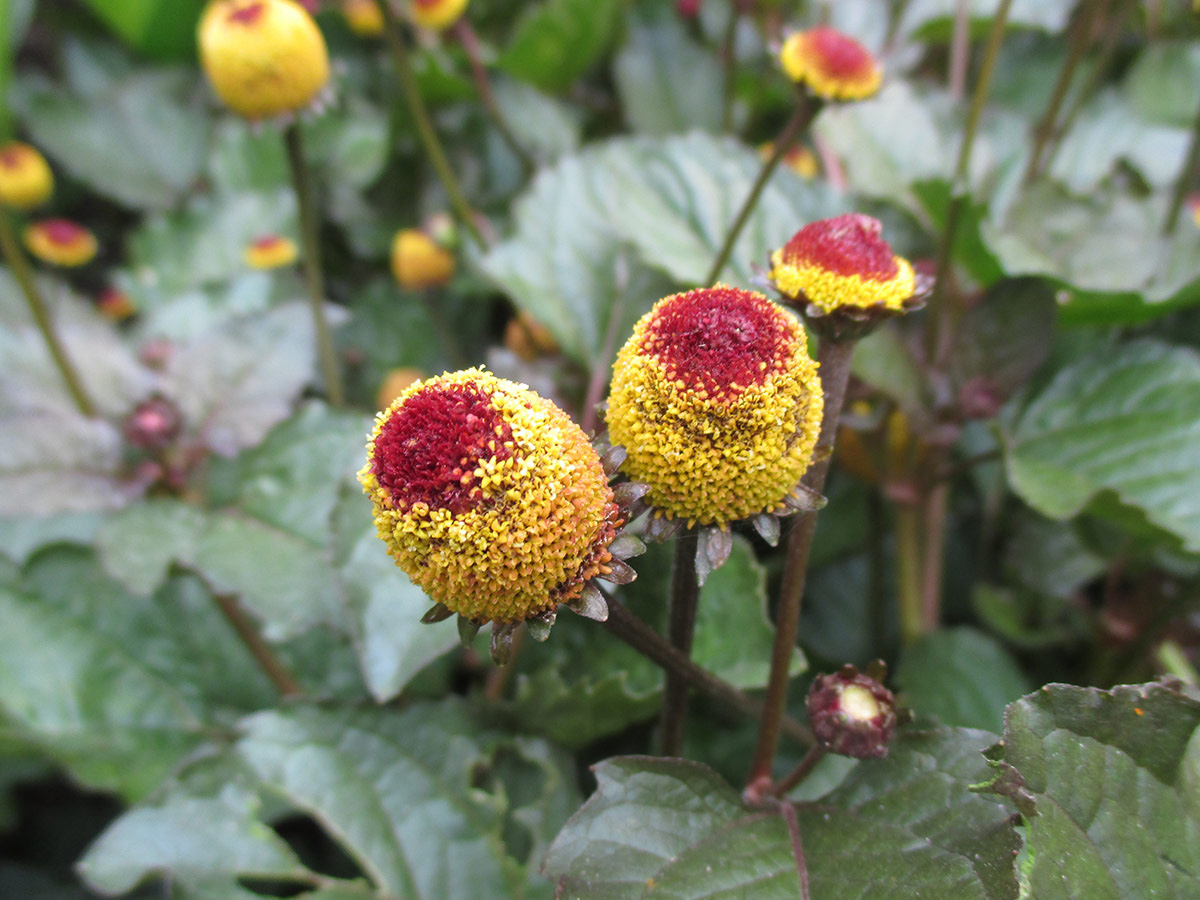
Peek-a-boo plant
Spilanthes oleracea, Zones 9–11 or as an annual
It’s hard not to notice this plant when in bloom. The yellow-and-red, cone-shaped flowers look like eyeballs peering upward at the viewer. Chewing a flower bud results in an immediate numbing sensation, hence another name, “toothache plant.” The bronze-green foliage is a nice foil for the multitude of eyeball flowers!
Find more creepy plants for the spooky season:
And for more Midwest regional reports, click here.
Mark Dwyer is the garden manager for the Edgerton Hospital Healing Garden in Edgerton, Wisconsin, and he operates Landscape Prescriptions by MD.
Photos: Mark Dwyer








